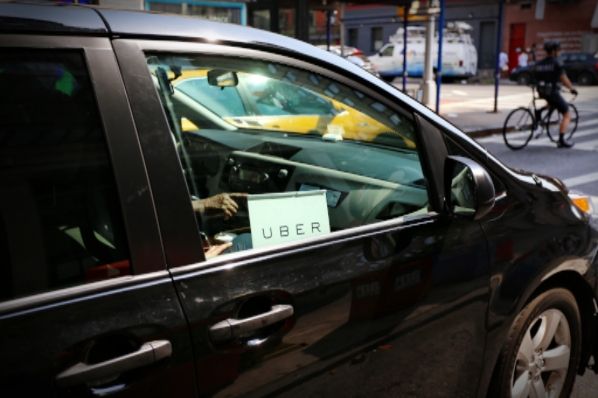Life in retirement appears to be getting more stable and adventurous thanks to ride sharing companies that give older men and women flexible work options.
If you live in an area serviced by Uber or Lyft, you’ve likely been given a ride by an older person or retiree. As a regular Uber rider, I’ve had a number of conversations with retirees about how government spending is out of control and the fear they have for their grandchildren’s futures These are retirees using Uber to spend their days meeting interesting people or making income to help their savings and other income stretch to meet their needs.
A new Uber survey confirms that ride sharing is providing opportunity and even financial security to older Americans. The number of active Uber drivers age 50 and over is 23 percent. That matches those drivers who are 21-29 and 40-49, but it is below those 30-39 years old drivers who make up 30 percent of drivers.
Interestingly, Uber is attracting new drivers to the roads and not just luring cab drivers or limo drivers to ridesharing. Two thirds (67 percent) had never earned income from driving prior to joining Uber and that’s up from half of drivers in 2014.
Flexibility is a huge motivating factor. Some 88 percent of drivers say Uber fits their life and most drivers just drive when they have time. About half drive for fewer than 10 hours a week on average and 40 percent say when they drive depends on other events or obligations on their schedule.
CBNC reports:
"I have five daughters and I used to tell them, 'Don't talk to strangers or get into a stranger's car.' Now I pick up strangers and talk to them for a living," he said.
Mitchell is part of a growing number of seniors driving for ride-hailing apps, such as Uber and Lyft, to supplement their retirement income.
…
Lyft, another popular ride-sharing app, doesn't publicly share how many senior drivers it employs as independent contractors. But people like Dominic Angelo, 67, of Walnut Creek, CA, use the app to boost their retirement income.
"I work about five hours and try to earn $30 per hour, which is a good wage for someone my age," Angelo said. He aims to make $150 per day and usually stops after he hits his target.
After a career in business equipment sales, Mitchell tried his hand at substitute teaching, but the job didn't pay well. "I set my own schedule with Uber and I don't have to deal with the kids," said Mitchell, who has been driving for Uber since March 2014.
While flexibility is attractive the financial benefit of contract work giving “neighbors” a ride around town can’t be ignored, especially for a vulnerable community like retires.
According to Motley Fool’s reporting, almost a quarter (22 percent) of those 65 and over continue working during traditional retirement years with many taking part-time jobs. According to analysis by the AARP of Census Bureau data, the average retirement income for Americans 65 and over was $31,742. For many retires, Social Security benefits provide more than a third of their income and for the poorest (the lowest quintile), Social Security makes up more than 80 percent of their income.
What happens when savings and Social Security aren’t enough though? The recent recession undercut the retirement savings of many older Americans leaving them worse off than they expected. Also, contributing to the educational expenses of their children and helping young adults living at home (unable to launch due to the economy), puts greater pressure on the budgets of older Americans.
Ridesharing is an unexpected income-generator for older Americans and it needs to be protected from onerous regulations that shut down opportunity. Just look at the tenuous situation for Uber and Lyft drivers in Philly for example. The ridesharing industry is beginning to change with the introduction of driverless cars, but until then it’s imperative we keep ridesharing on the roads.


